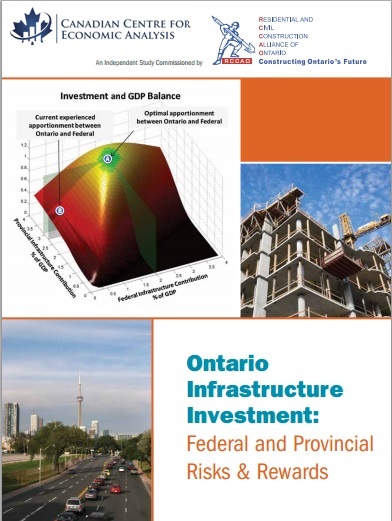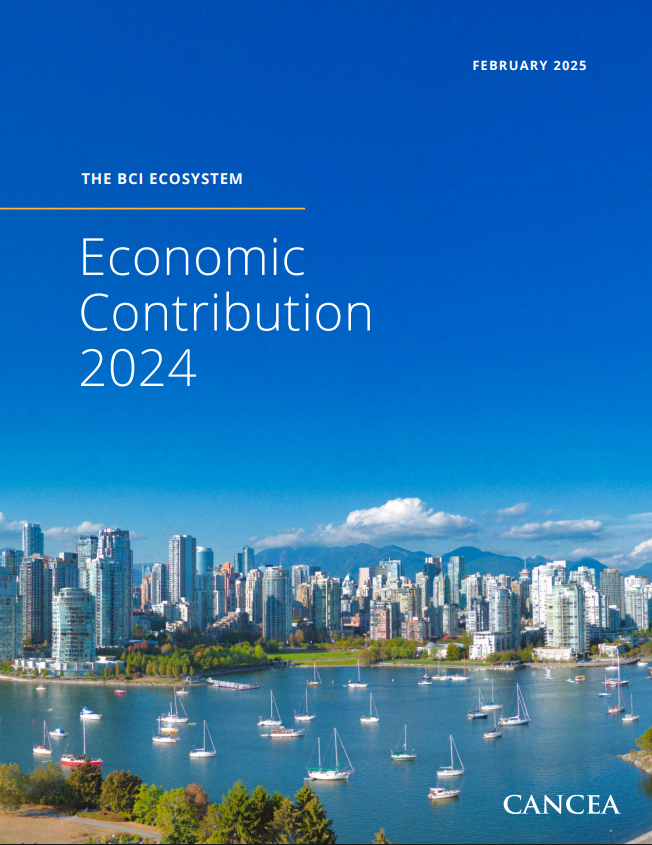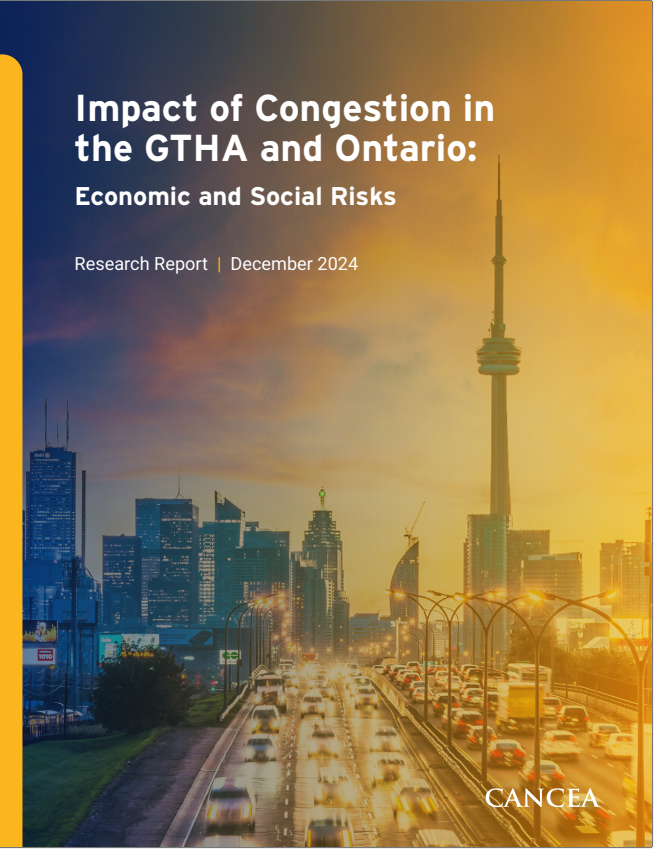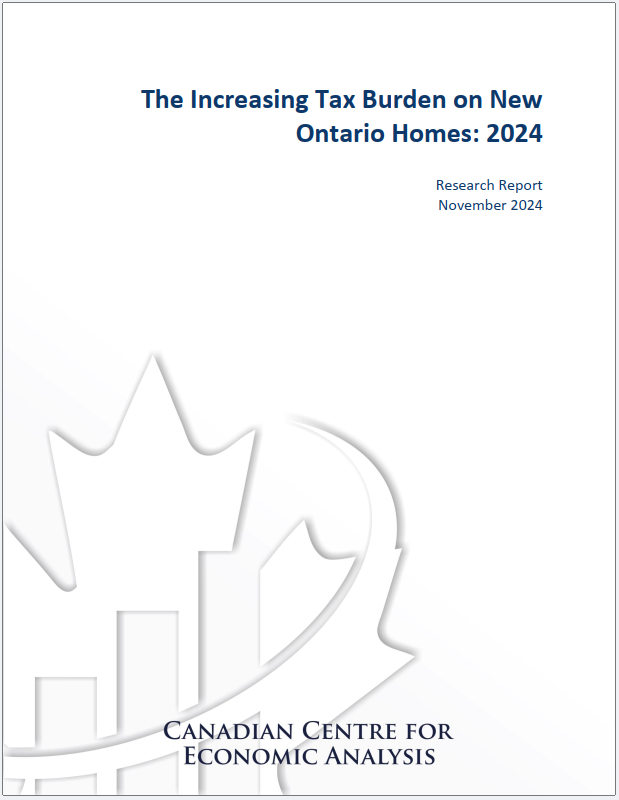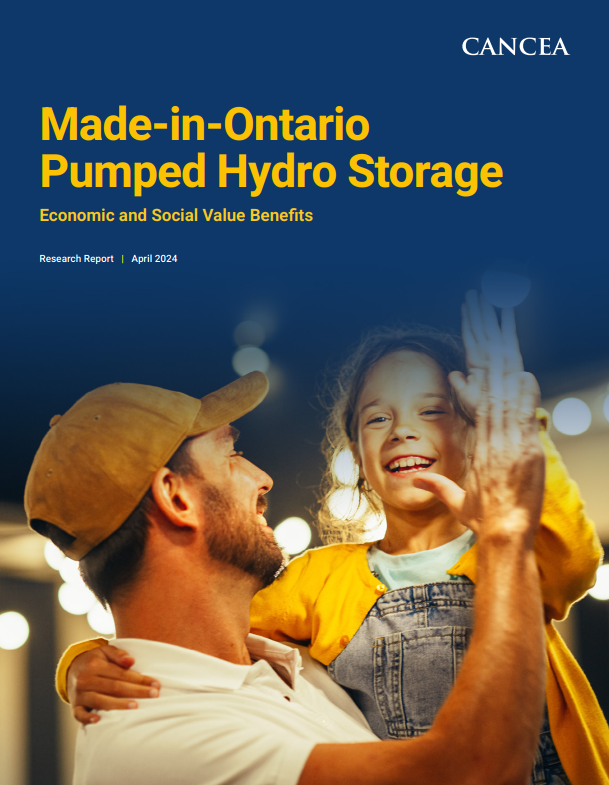Analysis demonstrates that if sharing of the Ontario public infrastructure funding risks were to follow from the fiscal benefits that accrue to different levels of government, then all Ontario-based governments would be expected to cover approximately 61 per cent of the investments, with the federal government covering the balance of 39 per cent. Yet currently, all the Ontario-based governments collectively cover 88 per cent of the infrastructure investment risk. The federal government currently covers the balance of 12 per cent, which is significantly below its share of the investment returns.
Examination of the sustainability of such an apportionment of risks demonstrates that, under the current trends, the federal government is a significant net beneficiary of Ontario public infrastructure investments while Ontario-based governments are not. The economic rate of return for Ontario-based governments does not cover their costs of funding such investments, while it does for the federal government. The long-term results are growing fiscal deficits and debt for Ontario-based governments and fiscal surpluses for the federal government.
In investigating whether or not Ontario-based governments could avoid growing fiscal deficits and debt by investing more themselves, it was found that they could not. In fact, regardless of what Ontario-based governments do, whether they invested more or less, they could not avoid the exposure to growing future fiscal deficits. Objectively, such a situation cannot be described as sustainable.
In the absence of Ontario taxation rates being increased or other policy changes in Ontario, any solution needs to involve a change in the current federal government policy. If the federal government were to invest thirty five cents of every dollar of fiscal surplus it receives from Ontario public infrastructure investment, then Ontario-based governments could collectively enjoy fiscal surpluses of their own. Such a solution would allow Ontario, as well as the federal government, to be a net beneficiary in terms of investments in Ontario public infrastructure. Under such an approach, the simulation demonstrates that the optimal annual investment in public infrastructure of 5.1 per cent of Ontario GDP could be reached if:
- Ontario-based governments increase their public infrastructure investments by $1.4 billion annually in the short term (and grow with real growth rates in the long term); and
- he federal government increases its Ontario public infrastructure funding by $7.2 billion annually in the short term (and grow with real growth rates in the long term).
In the absence of additional federal funding, the results are clear: Queen’s Park and local municipalities have little choice but to continue to invest in public infrastructure, at least at its current rate, while the federal government benefits, potentially at the expense of the health of the Ontario economy. This potential situation clearly demonstrates the case for Ottawa, Queen’s Park, and municipalities to work more closely together to determine long-term, sustainable approaches to infrastructure investment.
